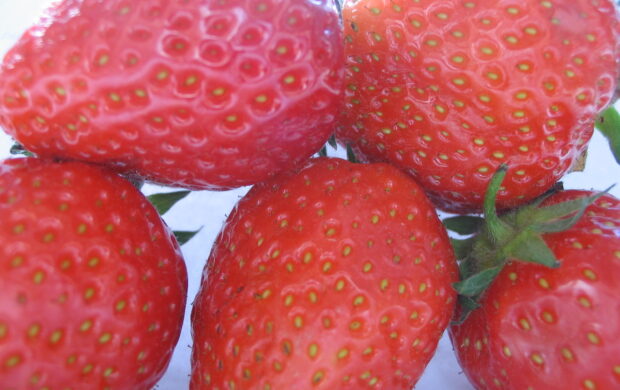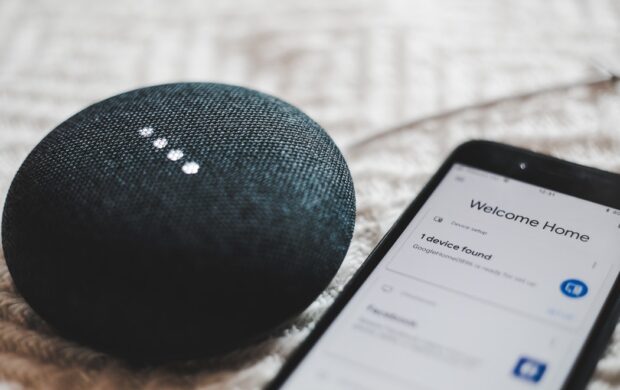Biolife4D, a startup in Chicago, will begin developing the process of 3D-printing human hearts that could be used in transplants. The process begins by scanning a patient’s heart shape and size with an MRI machine, and taking a blood sample. Next, the blood cells are converted into stem cells which are then converted into heart cells, and these heart cells are combined with nutrients in a hydrogel to form a “bio-ink” to be used in a specialised 3D printer. The heart is then printed one layer at a time, and with a biodegradable scaffolding as support, the cells form the exact shape of the patient’s original heart. The printed heart is then strengthened in a bioreactor as the new heart cells self-assemble. When the heart is strong enough it can be transplanted, and because it is made of the patient’s own cells, it has a greater chance of success than a traditional donated transplant. Biolife4d aims to make a ‘mini heart’ within the year.












